「Articles in English」についての記事まとめ

2023/11/13
History of Gold Thread Lifts Introduced decades ago, the origin of the gold thre...
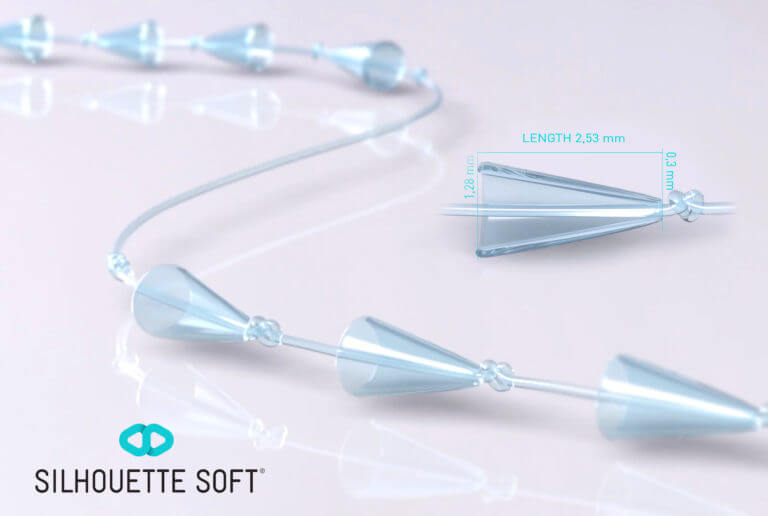
2023/11/12
The Introduction of Silhouette Soft® Silhouette Soft®, commonly referred to as t...
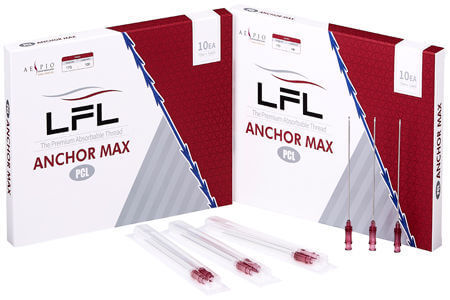
2023/11/10
What is Anchor MAX? Anchor MAX is a relatively new thread lift technique in the ...
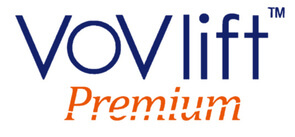
2023/11/09
What is VOV Lift? In the ever-evolving world of cosmetic medicine, the field of ...
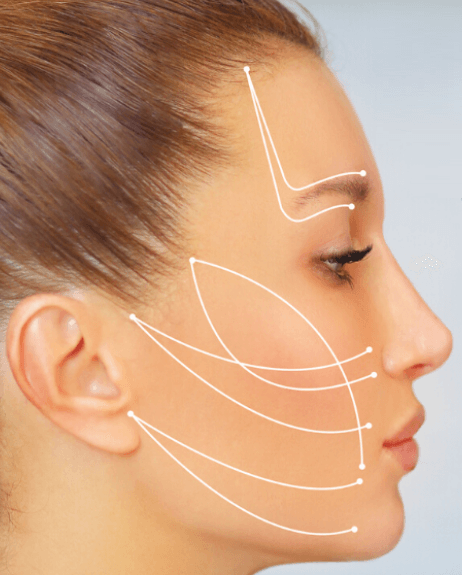
2023/11/08
What are Z Lift and Collagen Lift? Z Lift and Collagen Lift are types of thread ...

2023/11/07
What is Miracle Lift? Miracle Lift, a thread lift technique developed by Dr. Woo...

2023/11/05
Facelift Failures: Causes and Examples Facelift surgeries are highly sought afte...

2023/10/30
Axillary bromhidrosis refers to body odor resulting from sweat produced by speci...
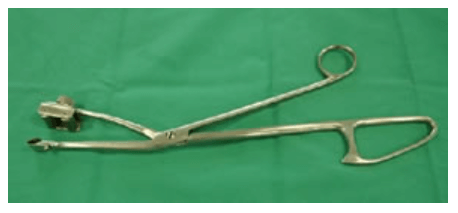
2023/10/29
Axillary osmodrosis is a concern for many people. The primary cause is associate...

2023/10/28
The Relationship Between Diet and Body Odor The Relationship Between Diet and B...
カテゴリーから探す
- 目
- 鼻
- プチ整形
- その他の顔の治療
- 美肌治療
- にきび治療
- アンチエイジング・若返り
- 小顔・輪郭治療
- 豊胸・バスト
- 痩せる方法
- 院長日記
- わきが・多汗症
- タトゥー除去
- 女性の薄毛
- レーザー脱毛
- ほくろ・いぼ除去
- その他
- Articles in English
人気記事ランキング
-
1位

2024/02/26
【女性がセックスでイク】オーガズムの全てを医学的に徹底解説!
-
2位
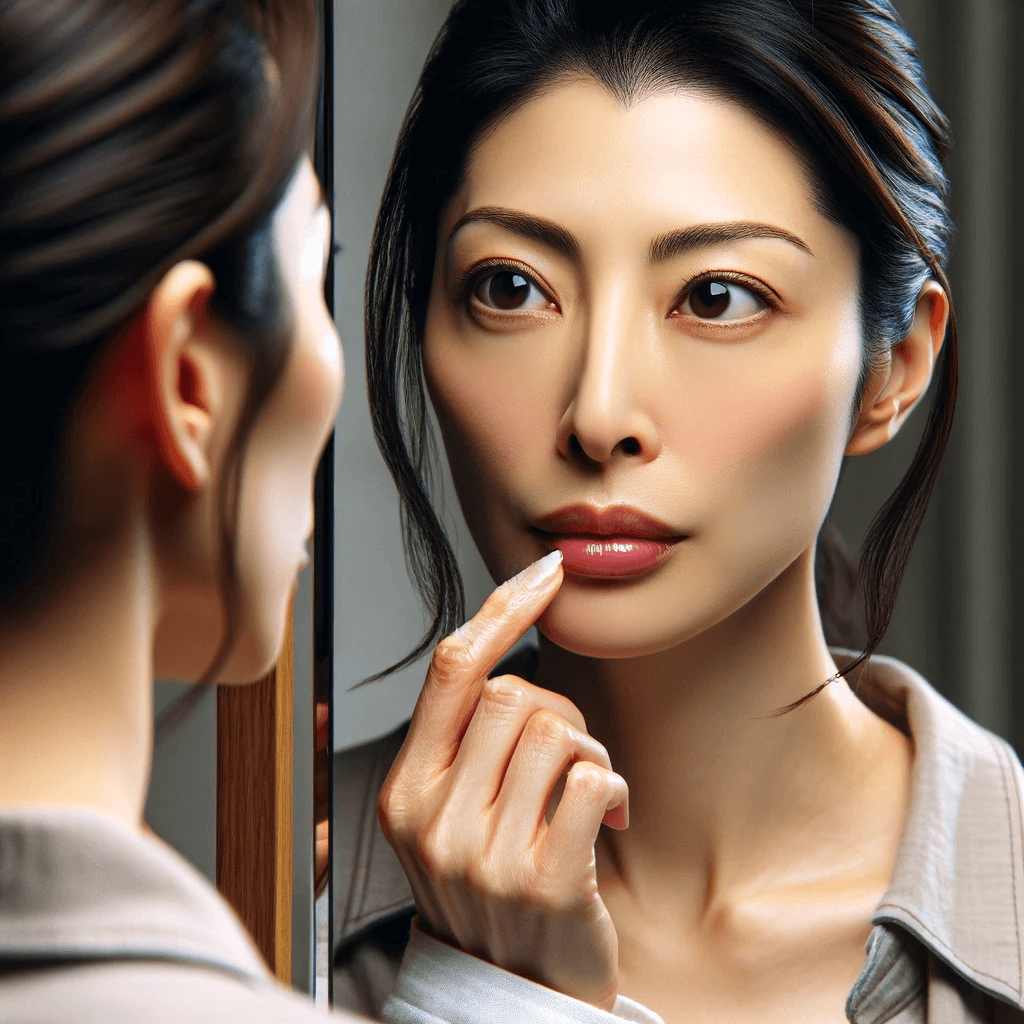
2024/01/26
唇のブツブツ:フォアダイスの原因・治し方・予防等について
-
3位
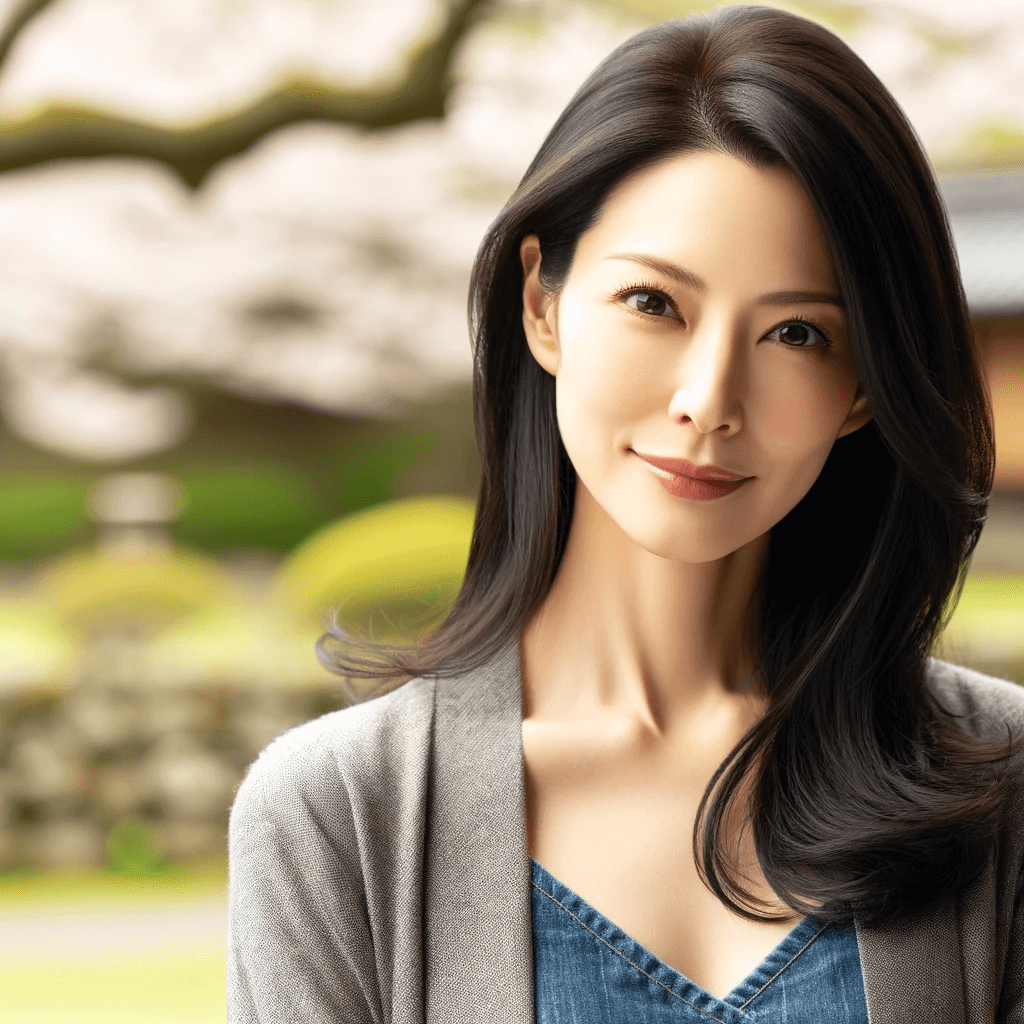
2023/12/30
数の子天井、ミミズ千匹の名器とは??
-
4位
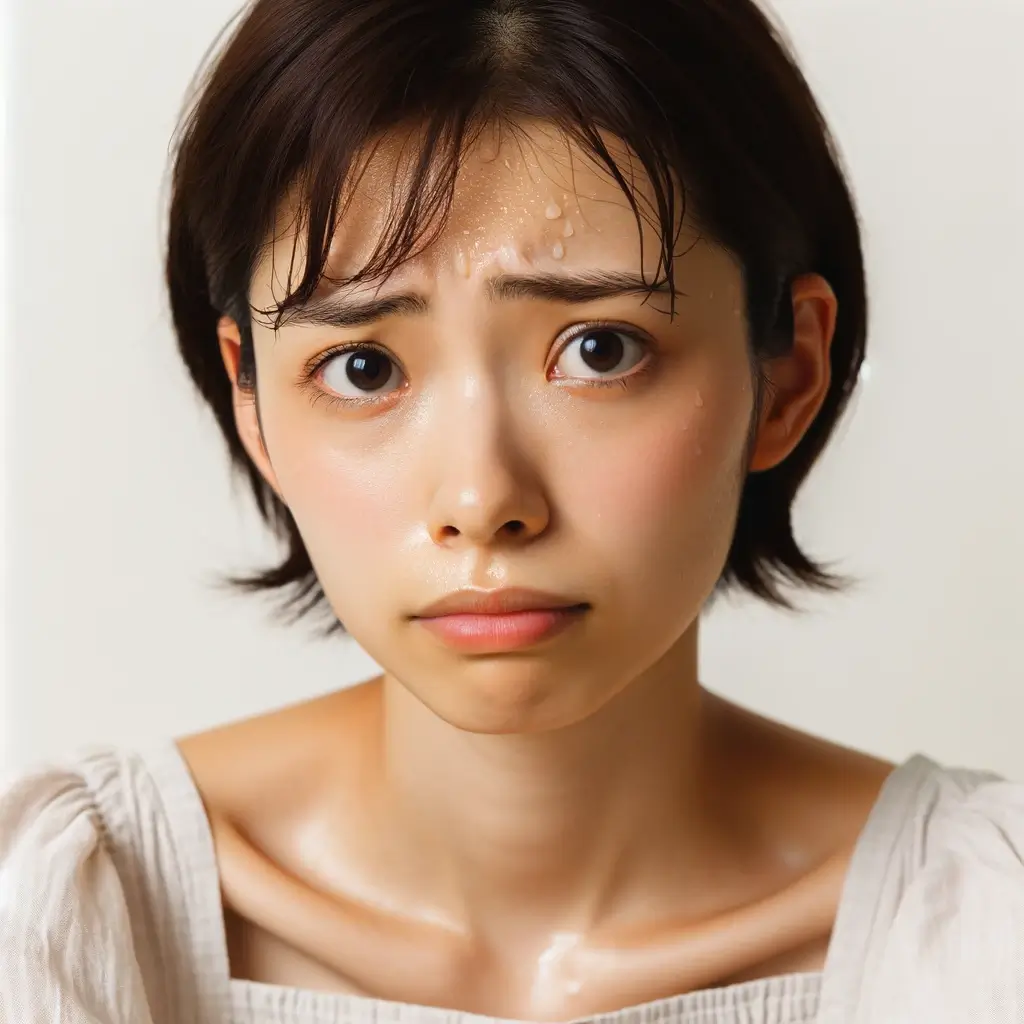
2024/02/10
顔汗・頭の汗がすごいのはなぜ?病態と止める方法について
-
5位

2023/12/21
膣痙攣でペニスが抜けなくなるか
最新記事
千葉エリアで治療をご希望の方はこちら
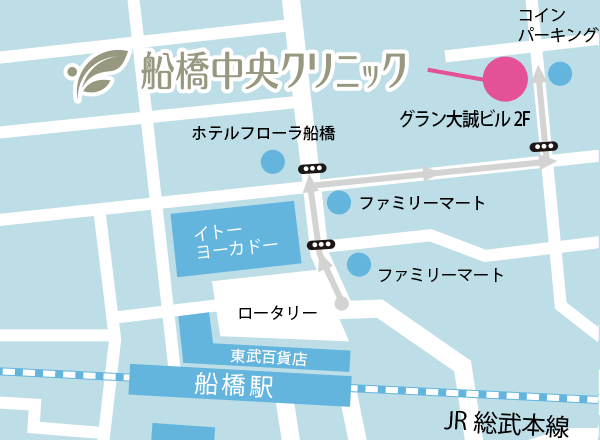
〒273-0005
千葉県船橋市本町6-4-15
グラン大誠ビル 2F
責任者:元神賢太
最終学歴:H11年慶応義塾大学医学部卒業
勤務歴:H15年船橋中央クリニック開業
東京エリアで治療をご希望の方はこちら
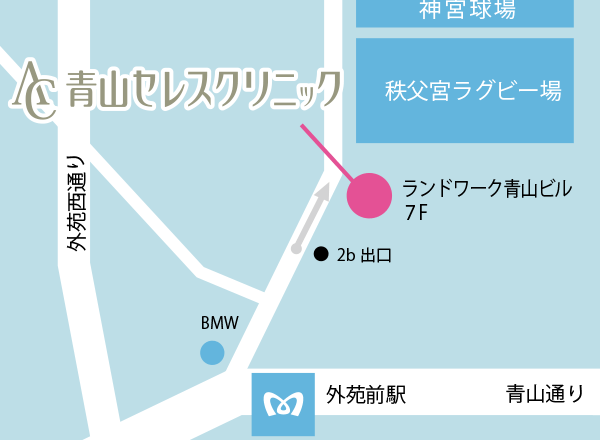
〒107-0061
東京都港区北青山2-7-26
ランドワーク青山ビル7F
(旧ヒューリック外苑前ビル)
責任者:高林洋一
最終学歴:S43年慶応義塾大学医学部卒業
勤務歴:H28年青山セレスクリニック管理者












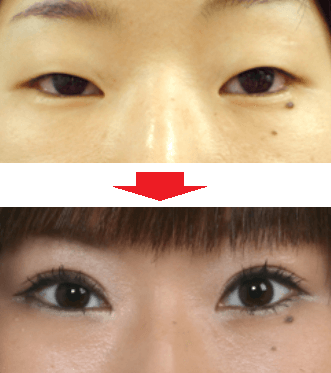
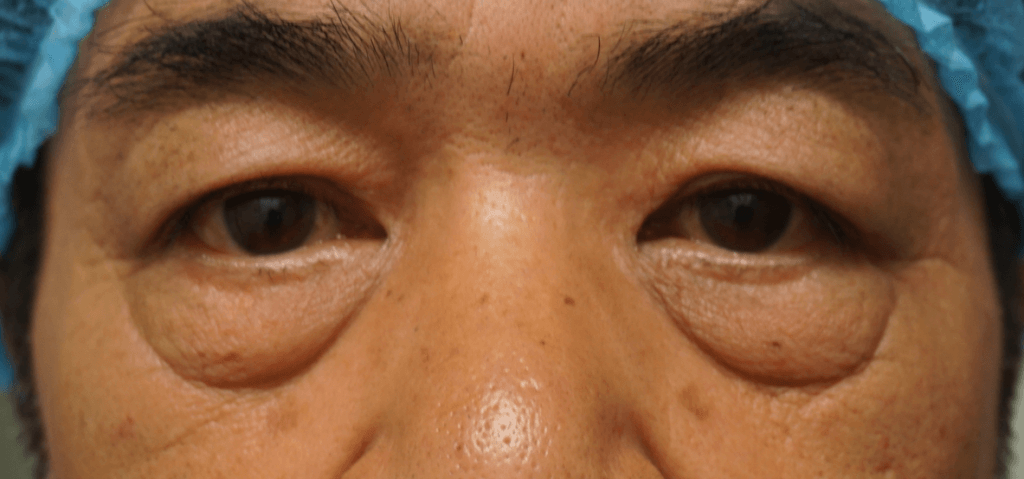


















 フリーダイヤル
フリーダイヤル
